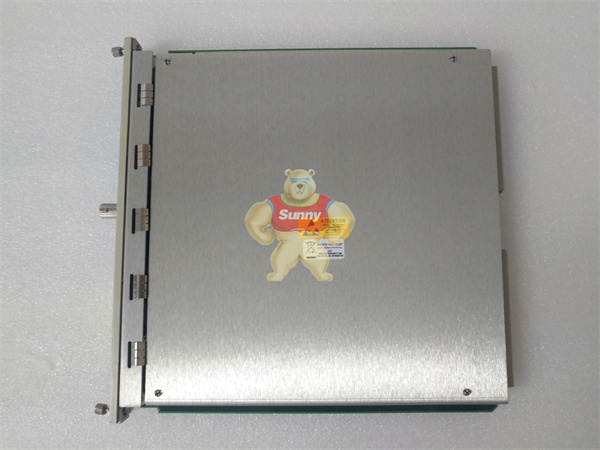In the previous article, the “overall realization technology path of industrial process optimization driven by industrial software under digitalization” was described. After the process optimization has the foundation of software technology, the first step is to realize control optimization. As the core center of the production line of the process factory, the control system commands and controls the entire production. The control loop in the control system is the basic unit of the production operation, and the control loop is the key to the stable and efficient production of the factory, and the control loop optimization is often the first goal to be achieved in the digital transformation of the factory.
The concept of control optimization itself is not new, since the birth of DCS and PLC, the control performance optimization of the control loop has been the goal of the factory process and instrument control technicians, but because of the high technical bottleneck, it often requires the cooperation of process and control technology experts to implement, and the optimization cycle is long, the robustness of the optimization model is poor, and the later maintenance is difficult. In the era of factory digital transformation, with the help of industrial software, artificial intelligence, machine learning and other technologies, the ideas, methods and technical paths of control optimization realization have also been greatly different.
The control optimization of process plant is generally divided into basic control loop optimization and advanced control (APC) optimization. In recent years, the very popular operation procedure automation also belongs to the category of control optimization, but it has both process control optimization and operation optimization functions, which I will introduce separately in other articles.
We will first introduce the optimization of the basic regulation loop, also known as internal operation automation. In the process factory, most of the regulating circuit is PID circuit, the key process is to control the detection equipment (such as temperature, pressure, level, PH, etc.) and production regulating equipment (such as valves, motors), to achieve the remote transmission into the control system, by the production of internal overoperation, the realization of internal operation automation becomes possible. The first step in internal automation is to turn a manual loop into an automatic loop. The second step is to further reduce the fluctuation of the automatic loop, improve the control stability, and further put the SP value closer to the production operation boundary, commonly known as the card edge operation, so as to reduce the operating load, improve the operation stability and maximize the production capacity of the purpose, but also reduce energy consumption, improve equipment reliability.

3500-42M 176449-02
In the past, control loop optimization is basically completed by control optimization experts, experts need to have strong control knowledge (such as PID control principle) and process knowledge and rich field experience in order to optimize the field control loop, and it takes a long time, high cost, can not be fully developed, can only select the key loop pilot optimization. Although the DCS or PLC manufacturers have also introduced PID loop self-tuning tools, but in the field use, due to the field process can not match, the setting effect is basically not ideal, can not replace the control optimization experts knowledge and experience. With the increasing scale of modern factories and the increasing complexity of processes, traditional expert optimization methods have been unable to meet the current production needs.
In the digital era, with the entry of big data analysis, artificial intelligence, machine learning and other technologies into the field of OT, a new realization technology path has been brought to control loop optimization. The following takes Emerson’s digital control loop optimization platform DeltaV insight as an example to introduce the method of digital control optimization realization, as shown in the figure below:
DeltaV Insight as a digital control performance optimization platform, it mainly integrates self-learning model (machine learning) and online loop data analysis function module DeltaV Inspect (big data analysis). At the same time, on the basis of the traditional control loop on-demand self-tuning, an adaptive tuning module (intelligent control) is added, and the entire intelligent digital module is embedded in its DCS system DeltaV. With these digital intelligence tools, DeltaV has a new technological path for intelligent optimization of the control loop, as shown below.
As shown in the figure above, the first step in the path of digital loop control optimization is to self-learn the control loop (which can be multiple control loops at the same time) that needs to be optimized on a running system. Open the Learning function on Insight, and the system will automatically observe, identify and store various data related to the control loop in the production process of the loop, use the embedded algorithm for machine learning, and establish the loop optimization simulation model. In order to ensure the integrity and correctness of the model, it is generally recommended that the self-learning cycle should cover the full production cycle state of the loop (continuous process is generally recommended to complete about 1 month, intermittent production is recommended to complete at least 2 complete batches). Second, after the completion of the learning, DeltaV Inspect tool is used to conduct in-depth analysis of the relevant data of the loop. In combination with the self-learning model, the important KPIs of the loop are quantitatively analyzed, such as time constant, delay constant, fluctuation index, adjustment index, etc. At the same time, the performance of intelligent devices (such as instrument valves) connected with the loop can also be analyzed. Whether the configuration and configuration meet the control requirements of the loop, and give the direction and suggestions of the corresponding loop tuning optimization, such as control strategy, tuning method, etc.
 1 Year Warranty
1 Year Warranty





